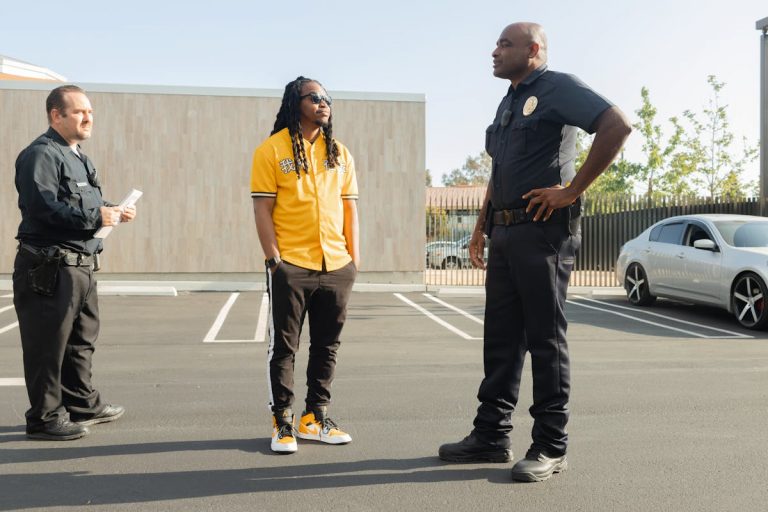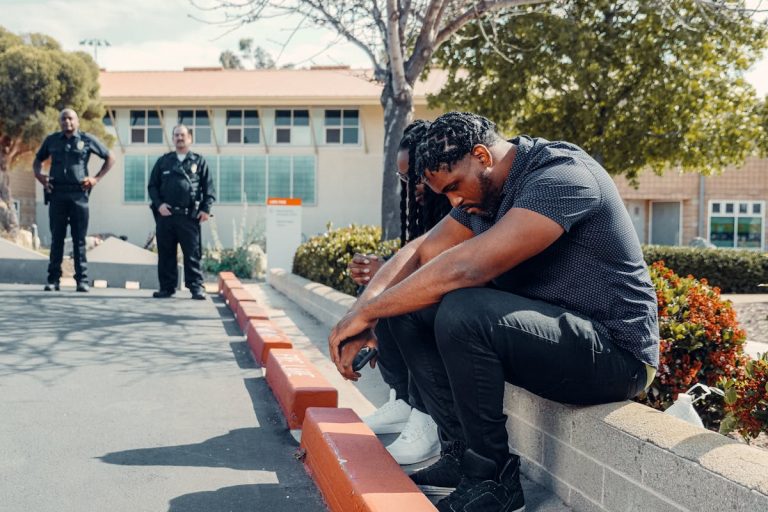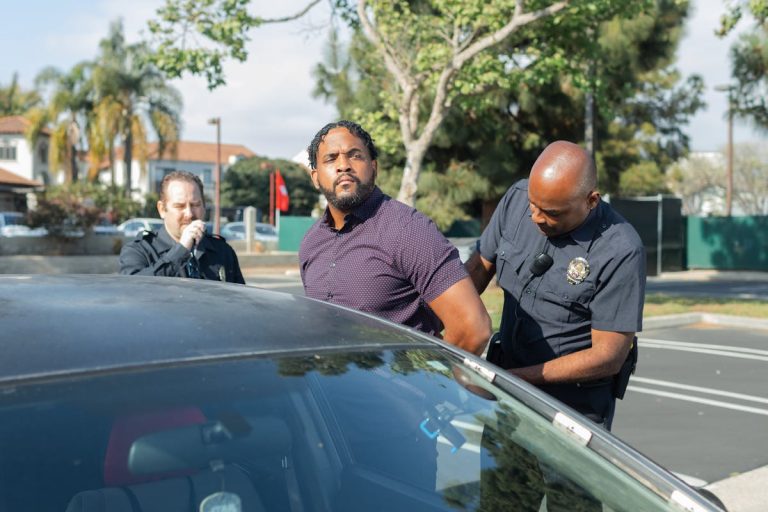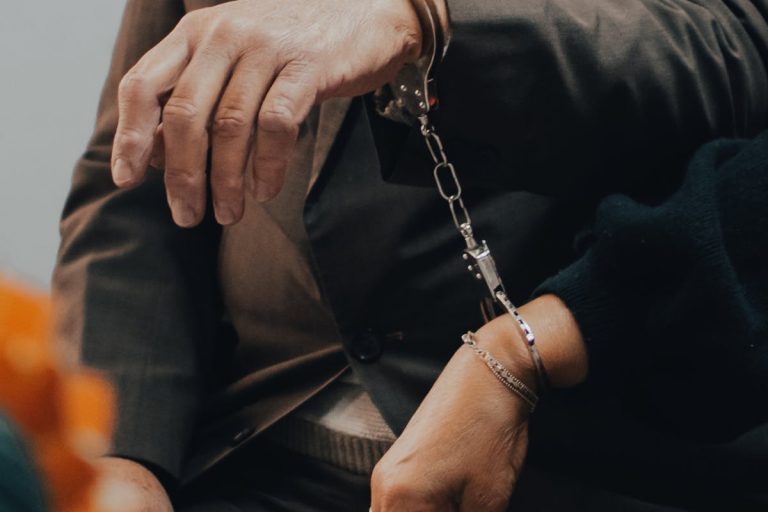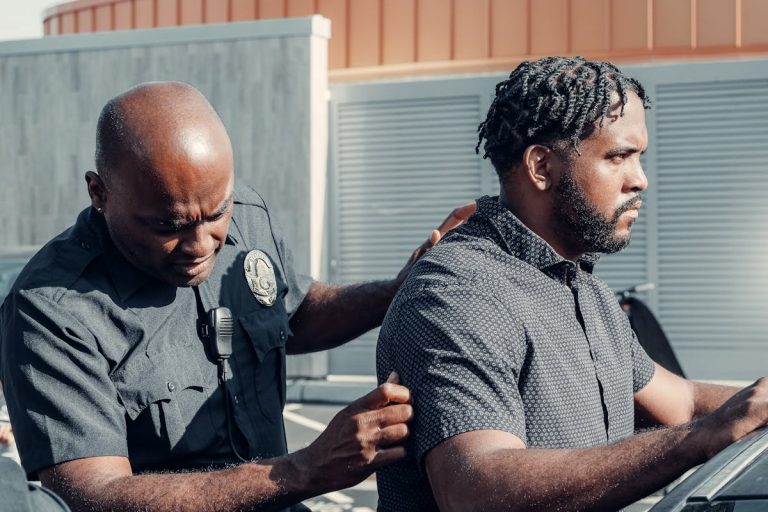In legal proceedings, the process of establishing disorderly conduct often relies on an intricate blend of physical evidence, witness testimonies, and visual documentation. Indeed, physical remnants from the incident, be it damaged property or illegal items, provide indisputable proof of the event. Witness accounts, if deemed credible, can add depth and context to the situation. Additionally, surveillance footage can capture the incident in real-time, offering an unbiased perspective. However, each piece of evidence carries its own set of challenges and limitations. So, one might wonder, how do these elements interplay in establishing disorderly conduct?
Understanding Disorderly Conduct
One often encounters the term “disorderly conduct” in legal discourse, yet its precise meaning remains elusive to many. This confusion stems partly from the term’s broad application, encompassing a variety of behaviors that cause public disturbances, and the varying legal repercussions across different jurisdictions.
Disorderly conduct, in its simplest form, refers to actions that disrupt the peace, pose a threat to the public, or create an uncomfortable or offensive environment in public spaces. Examples of these behaviors may include public drunkenness, loitering in certain areas, or engaging in loud and disruptive activities.
Understanding the legal repercussions of disorderly conduct is essential, as these actions can lead to significant penalties. According to the law, an individual charged with disorderly conduct can face fines, imprisonment, or both, depending on the severity and the frequency of the offense.
It is important to note that the intent behind the action is equally significant as the action itself. Consequently, demonstrating that the disruptive behavior was unintentional or accidental can sometimes serve as a defense. An in-depth understanding of disorderly conduct is fundamental for both preventing such offenses and dealing with charges effectively.
Legal Definitions and Context
Building on the basic understanding of disorderly conduct, it becomes essential to explore its legal definitions and the contexts in which they apply. Disorderly conduct, as defined by law, typically encompasses behaviors that are considered disruptive, offensive, or threatening to public peace and safety. These can range from public intoxication and disturbing the peace, to fighting or using offensive language in a public place.
However, the legal understanding of disorderly conduct can considerably vary depending on the jurisdiction. For example, some states may have a broader definition that also includes loitering or prowling at unusual hours, while others may focus more on behaviors that incite violence or cause alarm.
Identifying the specific actions that qualify as disorderly conduct is essential not only for law enforcement but also for individuals who may face legal repercussions for such behavior. Understanding the legal definitions and context can help one navigate potential charges and penalties, and also assist in forming a solid defense strategy if accused of such conduct. Thus, a thorough comprehension of disorderly conduct, its legal definitions, and the contexts they apply in, is of paramount importance.
Types of Physical Evidence
In the domain of legal proceedings, physical evidence serves as a vital component in the substantiation of disorderly conduct allegations. This type of proof can range from tangible items found at the scene of the incident to various forms of documentation.
When referring to physical evidence in the context of disorderly conduct, it often includes elements like vandalized property, remnants of illegal substances, or even personal belongings left behind. For example, a broken bottle at the scene may provide substantial evidence of a violent outburst or altercation.
The types of documentation that can act as physical evidence also hold significant weight. These might encompass photographic or video materials that visually capture the disorderly conduct. Furthermore, official reports, such as police or medical records, can provide a documented account of the incident in question. These types of documentation not only build a timeline of events but also offer an unbiased perspective which could support the allegations.
The analytical gathering and methodical assessment of physical evidence can strengthen the case immeasurably. Consequently, it is essential to understand and identify these aspects to establish a persuasive argument in disorderly conduct cases.
Witness Testimonies and Statements
While physical evidence provides a tangible and objective foundation for disorderly conduct cases, the contribution of witness testimonies and statements should not be overlooked. These personal accounts can offer a unique perspective on the situation, providing context and detail that physical evidence alone may fail to convey.
However, the use of such testimonies relies heavily on two essential factors: witness reliability and testimony consistency. The credibility of a witness can greatly impact the weight their testimony carries in court. Factors affecting witness reliability could range from their character and reputation to their proximity to the incident. For this reason, it’s vital to assess the reliability of a witness before their testimony is used in a disorderly conduct case.
Testimony consistency is another influential factor. Consistent testimonies across multiple witnesses or repeated statements from a single witness can bolster the case against the accused. Variations in accounts, particularly important or material discrepancies, can weaken the case or even render the testimony useless.
Surveillance and Audio-Visual Proof
A significant portion of evidence in disorderly conduct cases often comes from surveillance and audio-visual proof. Surveillance techniques have evolved to offer high-resolution video feeds, capturing minute details often overlooked by the human eye. This makes them indispensable tools in establishing the occurrence of disorderly conduct.
Audio-visual proof is pivotal in painting a clear picture of the events leading up to, during, and after the alleged disorderly conduct. It provides a chronology, making it possible to discern if there was indeed a disruption of peace, and if the accused was responsible for it. Audio analysis further strengthens this evidence, as it can authenticate voices, validate statements, and even help identify background noises that could be critical in determining the context of the incident.
However, while such evidence is potent, it is not without limitations. The quality of the footage or audio, the angle at which the incident was captured, and the presence of noise or other disturbances can sometimes obscure the truth. It requires careful interpretation and analysis to guarantee its validity and reliability in court.
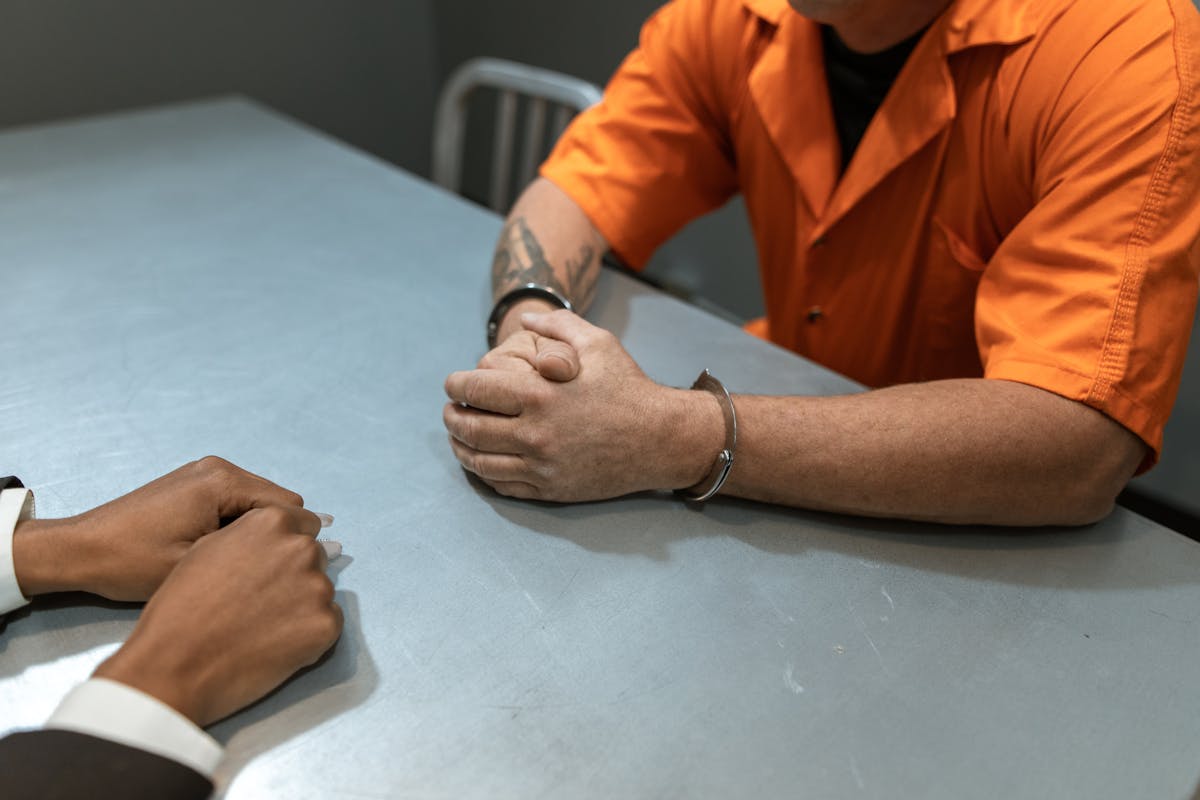
Police Reports in Disorderly Conduct
Shedding light on another essential aspect of disorderly conduct cases, police reports serve as an authoritative source of information. These documents, prepared by trained officers during or after an incident, often provide the most reliable, firsthand account of events.
The police procedures employed in creating these reports are designed to guarantee accuracy and impartiality. From the initial interaction to the final written report, each step is designed to collect evidence methodically, documenting the incident scene, involved parties, and any apparent violations of the law. The specifics detailed in the report, such as the time, location, and conduct of the accused, are significant in establishing disorderly conduct.
Furthermore, these reports have persuasive power in court, carrying weight as evidence due to the unbiased nature of police work. The officers involved are considered expert witnesses, given their training in evaluating and managing such incidents. Their assessments of disorderly conduct, supported by their professional judgement, become essential pieces of evidence.
Role of Social Media Evidence
The emergence of social media has markedly altered the landscape of evidence collection in cases of disorderly conduct. The role of social media evidence, whether it’s in the form of captured footage, online threats, or virtual harassment, has become an essential factor in both identifying and substantiating instances of such conduct. As we explore this subject further, we will analyze the efficacy of these digital tools in bringing clarity to the often nebulous circumstances surrounding disorderly conduct allegations.
Utilizing Social Media Footage
In an ever-evolving digital age, social media platforms have become an unexpected goldmine for gathering evidence of disorderly conduct. The omnipresence of these platforms has inadvertently led to increased social media accountability, as users leave a digital footprint that can be traced and scrutinized.
This digital footprint, often comprising of videos and photos, provides tangible, real-time evidence of disorderly conduct. It paints an unfiltered picture of events, often capturing behaviors that might otherwise go unnoticed or unreported. For instance, a video of a public brawl or unruly behavior at an event uploaded on these platforms can serve as compelling evidence in court.
However, it’s important to approach this type of evidence with a degree of caution. The authenticity and context of social media footage should be thoroughly examined to prevent misinterpretations or misuse. Additionally, it’s vital to respect privacy laws and digital rights when utilizing this form of evidence.
To conclude, social media footage can be a powerful tool for establishing disorderly conduct. It promotes accountability and provides a robust digital footprint, but it must be managed with diligence and integrity.
Deciphering Online Threats
Capitalizing on the vast troves of data available on social media, law enforcement and legal professionals are now equipped with potent tools for deciphering online threats. The data, primarily user-generated, facilitates online threat analysis, providing valuable insights into the nature, source, and potential impact of such threats. Data, in this regard, includes text, images, videos, and even the metadata such as timestamps and geolocations.
The role of social media evidence in identifying and addressing cyber harassment cannot be overstated. It serves as a tangible record of the threats, often providing a clear link between the harasser and the victim. Additionally, the permanence of such evidence, unless deliberately erased, guarantees its availability for future reference.
However, the challenge lies in accurately interpreting these threats. Not all offensive statements constitute cyber harassment, and it is essential to distinguish between free speech and genuinely harmful intent. This requires nuanced understanding of online communication norms, cultural contexts, and the specific dynamics of each platform. Consequently, the objective interpretation of online threats is as much an art as it is a science, demanding the utmost discretion and expertise.
Interpreting Virtual Harassment
Unraveling the web of virtual harassment demands a close examination of social media evidence. This evidence is critical in mapping the extent of cyberbullying implications, a growing concern in today’s digital era. Social media platforms, while enhancing connectivity, have inadvertently become a breeding ground for disruptive conduct.
A methodical analysis of digital traces can reveal patterns indicative of disorderly behavior, such as repetitive, harmful actions towards an individual. This analysis, however, is not without its struggles. The online anonymity challenges that social media platforms present can often complicate the process of evidence gathering. Culprits can hide behind false identities, making it difficult for authorities to trace their online activities.
Despite these complexities, social media evidence remains a key component in identifying and curbing disorderly conduct. It is a persuasive tool that can sway the direction of an investigation, providing concrete proof of misconduct. To effectively interpret virtual harassment, a thorough approach encompassing the analysis of social media evidence is required. This is paramount in ensuring that the gravity of cyberbullying implications is fully recognized and addressed.
Evaluating Credibility of Evidence
The credibility of evidence in cases of disorderly conduct is a cornerstone for ensuring fair and just outcomes. A judicious evaluation of witness testimonies, thorough analysis of physical evidence, and meticulous assessment of video footage are all vital components of this process. By adopting a systematic and analytical approach, we can enhance the reliability of these evidentiary sources, thereby strengthening the integrity of the judicial process.
Witness Testimony Evaluation
Evaluating the credibility of witness testimonies is an essential aspect of analyzing disorderly conduct cases. The process involves thorough scrutiny of each statement to assess the witness credibility, which is a significant determinant of the testimony reliability.
In the legal context, witness credibility is not merely about the person’s honesty. It also encompasses factors such as the witness’s ability to recall and describe events accurately, their perspective during the incident, and their potential bias or prejudice. A witness with a clear and consistent account, who was in a position to observe the event accurately, is generally considered more credible.
Testimony reliability, on the other hand, is about the consistency of the witness’s account with other pieces of evidence. For instance, if multiple witnesses give similar accounts of the event, the reliability of their testimonies is reinforced. Conversely, discrepancies between testimonies or conflicts with other evidence may undermine their reliability.
Analyzing Physical Evidence
In the domain of disorderly conduct cases, physical evidence serves as a silent yet potent witness. The evaluation and analyzing of such evidence can considerably strengthen the prosecution’s case, providing irrefutable proof of the incident.
Physical evidence, when properly collected and analyzed, can either corroborate or contradict an individual’s account of the event. It could range from tangible items such as a damaged property, to subtle traces like footprints or fingerprints. The importance of evidence collection cannot be overstated as it guarantees that essential details are not overlooked or contaminated.
When analyzing physical evidence, it is imperative to ascertain its credibility. This means that the evidence must be authentic, reliable, and relevant. Authenticity refers to the genuineness of the evidence, while reliability speaks to its consistency and accuracy. Relevance, on the other hand, pertains to the evidence’s direct relation to the case at hand.
Assessing Video Footage
As we shift our focus onto video footage, its assessment emerges as a key element in the evaluation of credibility. The application of video analysis, in this situation, becomes an essential tool. It allows us to scrutinize the recorded events meticulously, dissecting each frame for relevant and potentially decisive details. The robustness of this method, however, lies in its reliance on the footage’s reliability.
Footage reliability refers to the authenticity, quality, and completeness of the video. A key factor in determining reliability is the original source of the video. Videos from surveillance cameras, for instance, are generally more reliable due to their controlled nature. Conversely, videos from bystanders may be subject to manipulations or selective recording, thereby compromising their reliability.
Moreover, video analysis must account for potential distortions introduced by factors such as camera angles, lighting conditions, and resolution. These variables can greatly impact the interpretation of the events captured in the footage.
Frequently Asked Questions
How Does a Previous Criminal Record Impact a Disorderly Conduct Case?
A previous criminal record, particularly previous convictions, can greatly impact a disorderly conduct case. The defendant’s criminal history can serve as compelling evidence, potentially influencing the court’s perception of their character and credibility.
What Are the Potential Penalties for Being Convicted of Disorderly Conduct?
Potential penalties for a disorderly conduct conviction typically include fines and penalties, probation, community service, and possible jail time. Severity of these consequences often depend on the jurisdiction and specific misdemeanor charges involved.
Can Disorderly Conduct Charges Be Dismissed or Reduced?
Yes, disorderly conduct charges can be dismissed or reduced. This often depends on the strength of the defense strategy, the available evidence, the defendant’s criminal history, and the discretion of the prosecuting attorney.
Do I Need a Lawyer to Defend Against a Disorderly Conduct Charge?
Securing legal representation is strongly recommended when facing a disorderly conduct charge. Experienced lawyers can devise effective defense strategies, reducing the likelihood of severe penalties, and possibly achieving case dismissal or reduction.
How Does the Location of the Incident Affect a Disorderly Conduct Charge?
The location of an alleged disorderly conduct incident greatly impacts the charge. Public spaces typically have stricter regulations, while private properties require proof of disturbance to others. Context and evidence from the location are essential in such cases.
